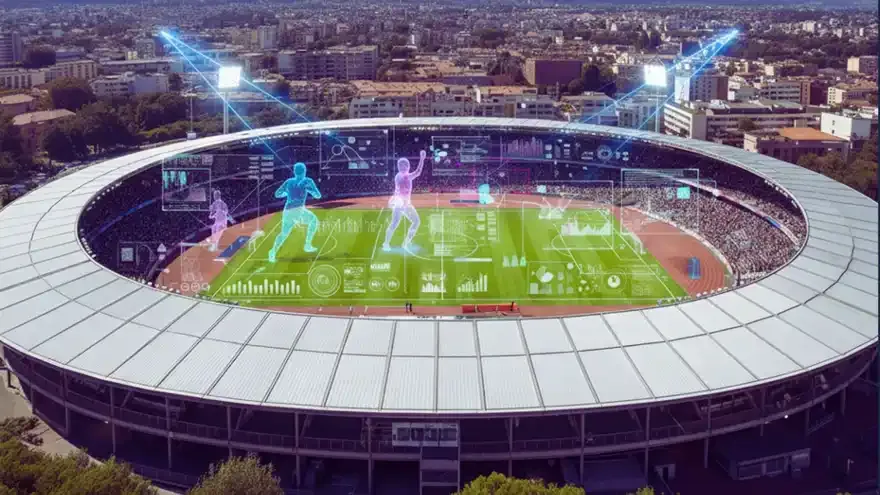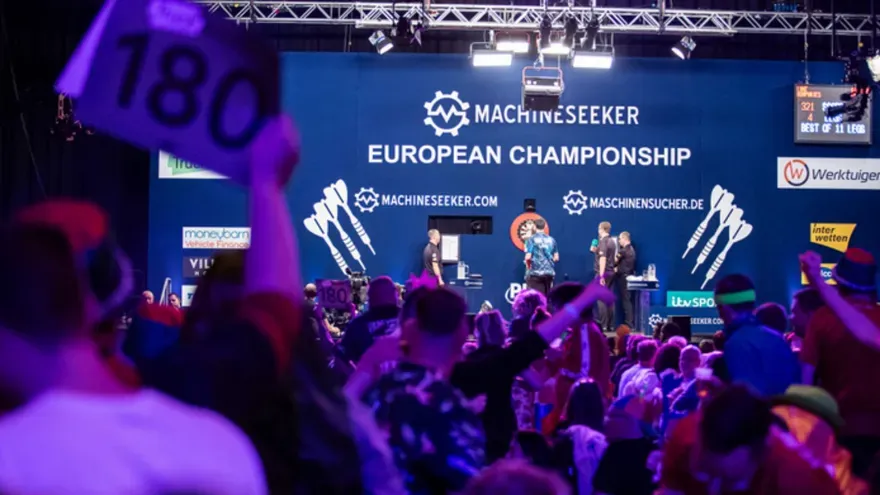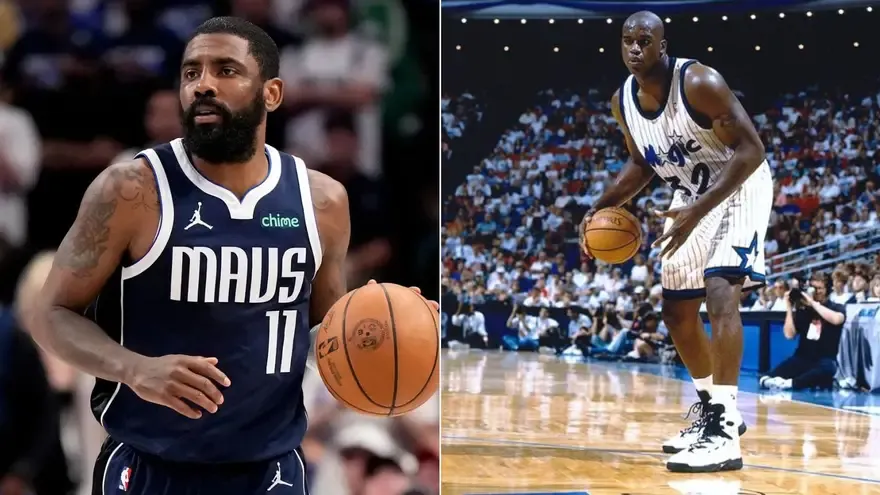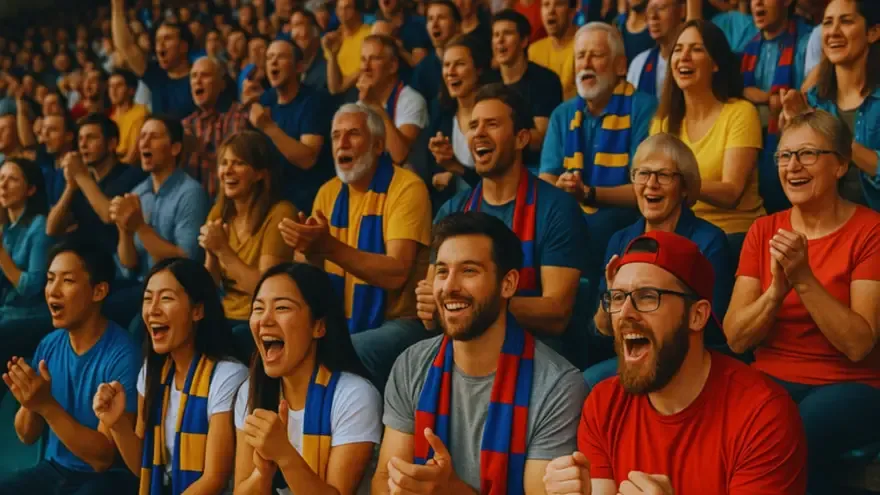India’s campaign at the recently concluded Commonwealth Games (CWG) started in controversy, with needles being found in the rooms of some athletes and badminton star Saina Nehwal protesting about the treatment meted out to her father. But it ended in jubilation.
A rich harvest of medals at the Games offers hope of a turnaround in Indian sport. After a sparkling start, there were raising doubts about whether India had flattered to deceive. But a torrent of medals in the last couple of days made for a heady climax.
The most memorable events towards the end were, of course, M.C. Mary Kom winning her first Commonwealth gold and the play-off for gold between Nehwal and P.V. Sindhu. Nehwal was at her bristling, sizzling best to overcome her younger and higher-ranked opponent.

Gold and silver in this event, a silver for Kidambi Srikanth, and medals in the doubles and team events too showcased India’s rise to eminence in this sport and also brought into the spotlight, once more, coach P. Gopichand’s stellar contribution.
Indeed, barring hockey, where both the men’s and women’s teams disappointed in not taking a place on the podium, there was a success in several disciplines, some of them totally unexpected.
Sixteen-year-old Manu Bhaker was a revelation in the shooting, in many ways making amends for favorites Jitu Rai and Gagan Narang failing in their pet events. Shooting is a discipline where India has been strong, and Bhaker’s performance is proof of the talent that abounds.

No less impressive was the performance of 22-year-old Manika Batra, who won four medals in table tennis, helping India win an unprecedented team gold by beating the world No.4, and then winning the singles gold, the first time that a non-Chinese has done this.

Perhaps the most compelling performance came from 20-year-old Neeraj Chopra, who won the javelin gold. In fact, Chopra’s medal-winning throw would have won him a bronze at the Rio Olympics. Remarkable, given India’s poor record in track and field at the international level.

The final tally of 66 medals at CWG 18 is only two more than at Glasgow (2014), three less than Manchester (2002), and considerably lower than the 101 at Delhi in 2008, so some might ask what the hullabaloo is about.

The number of gold medals won is significant, particularly in the context of a country like India. These reflect growth in the ambition of athletes as well as improvement in facilities and processes that enable excellence, through training, nutrition and diet and sports medicine, as well as awards and rewards to prop up the motivation levels and self-respect of athletes.
But sporting excellence is always work in progress, so while there is a justifiable reason for India’s medal winners at CWG 18 and the various sports federations to be delighted, the challenge that lies ahead cannot be obscured.
A dispassionate study will show that despite the commendable performances in Gold Coast, India are still a long way behind benchmarks and standards in most disciplines—not just at the Olympics, but also Asian levels.
This gap has to be bridged to confirm that the Commonwealth Games achievements are not a mirage—and that growth in Indian sport is indeed on an upward spiral.














